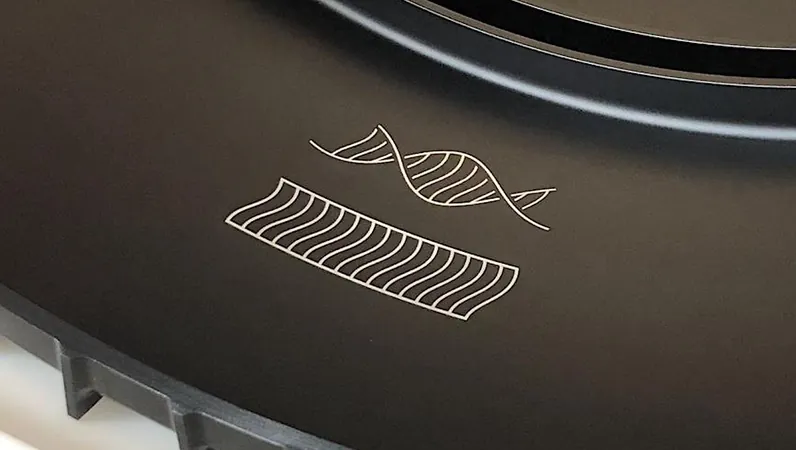
NASA's EMIT Revolutionizes Our Understanding of the Amazon River from Space!
2024-12-01
Author: Jacob
NASA's Earth Surface Mineral Dust Source Investigation (EMIT) has made remarkable strides in its mission to map and understand our planet. On June 30, 2024, this sophisticated instrument captured a stunning hyperspectral image of the Amazon River in the northern Brazilian state of Pará, showcasing the complexities of the region's biodiversity. The image's tan and yellow hues represent lush vegetated land, while vibrant blue and turquoise shades reveal the expansive waters of the Amazon, with clouds painted in pure white.
Installed aboard the International Space Station in 2022, EMIT was initially designed to analyze mineral content over Earth's arid regions, allowing scientists to assess how dust impacts both regional and global climates. However, since the beginning of 2024, the mission has transformed, evolving into an extensive research tool that contributes to various fields, including agricultural practices, snow hydrology, the timing of wildflower blooms, phytoplankton dynamics, carbon cycles in inland waters, and the overall biodiversity of ecosystems.
Equipped with advanced imaging spectrometers, EMIT is capable of capturing light reflected from Earth and meticulously splitting it into hundreds of different wavelength bands. This technology enables scientists to decipher patterns of reflection and absorption across these wavelengths, ultimately determining the composition of the observed areas. The implications of this data are monumental, providing insights not only into the health of ecosystems but also into climate patterns and environmental changes.
Furthermore, EMIT is setting the stage for NASA’s upcoming Surface Biology and Geology-Visible Shortwave Infrared (SBG-VSWIR) satellite mission. This future initiative promises even greater detail, covering Earth's land and coastal areas with enhanced frequency and spatial resolution, paving the way for deeper ecological and geological studies.
As EMIT continues its groundbreaking work, researchers are not just mapping our planet; they are gathering crucial data that could inform humanity's understanding of other potentially habitable worlds. The importance of this research cannot be overstated as we stand on the brink of exploring new frontiers beyond our home planet. Buckle up - NASA's journey is just beginning, and the discoveries waiting to unfold could change everything we know about life in the universe!









 Brasil (PT)
Brasil (PT)
 Canada (EN)
Canada (EN)
 Chile (ES)
Chile (ES)
 España (ES)
España (ES)
 France (FR)
France (FR)
 Hong Kong (EN)
Hong Kong (EN)
 Italia (IT)
Italia (IT)
 日本 (JA)
日本 (JA)
 Magyarország (HU)
Magyarország (HU)
 Norge (NO)
Norge (NO)
 Polska (PL)
Polska (PL)
 Schweiz (DE)
Schweiz (DE)
 Singapore (EN)
Singapore (EN)
 Sverige (SV)
Sverige (SV)
 Suomi (FI)
Suomi (FI)
 Türkiye (TR)
Türkiye (TR)